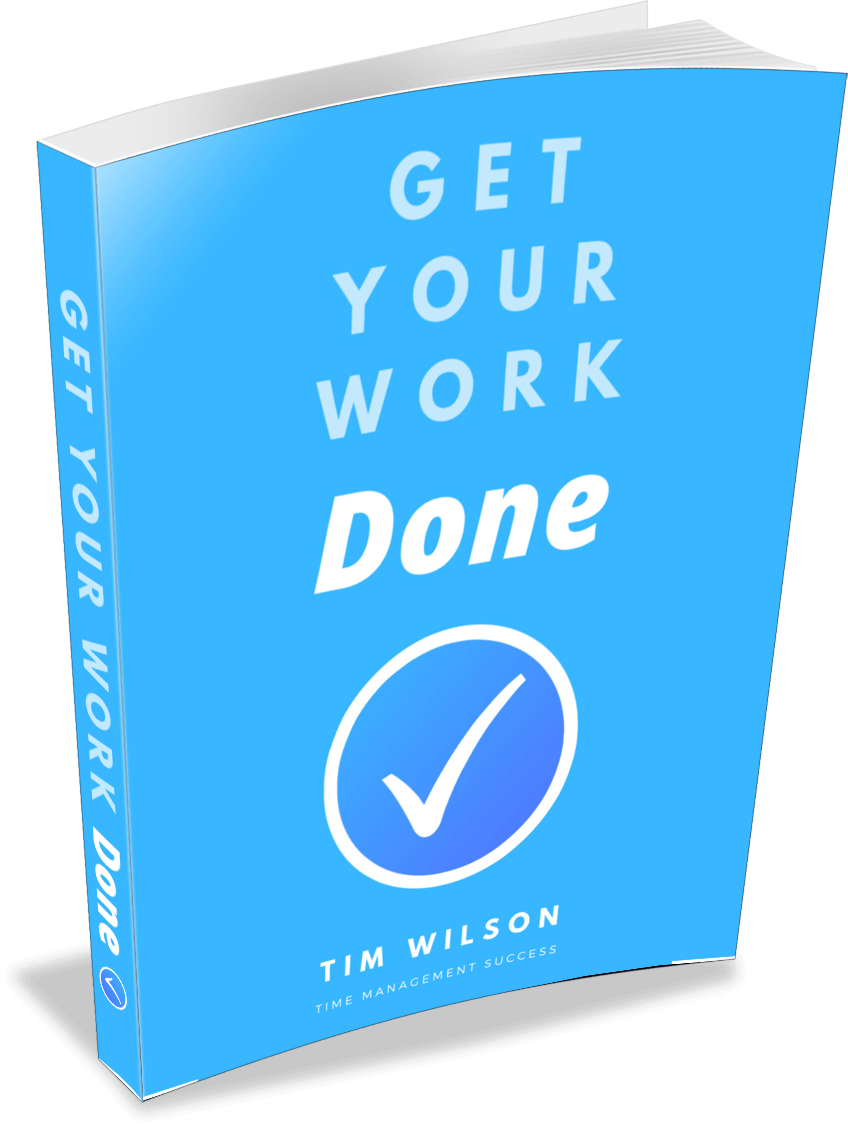5 Types Of Decision Making Techniques

Back in 2004 we arranged a ‘life swap’ with another family in Auckland, New Zealand. House, cars, jobs, schools… they had ours for a year and we had theirs.
Our children loved it -- we all did. Coming back to England was initially great -- we got to see our family and friends again; but we found it really tough to settle back down.
We deliberated about moving back to Auckland until months turned into years -- five years to be precise. I even went back for a costly visit in the hope that it would help us decide what to do!
Finally, we made a decision to stay. It was tough to ‘give up’ our dream (for now), but we’re committed to making our decision work.
Here’s what we learnt…
We all make thousands of decisions each day. Most don’t require too much thought, but some, because of the perceived consequences, cause considerably more angst.
The types of decision making techniques you employ each day and how you carry them out determine how you spend your time and the results you get in your life.
In many respects, the carrying out or ‘doing’ part is easier -- there are numerous effective time management activities to help you get things done.
But making a decision about what to do is potentially far trickier. ‘Analysis paralysis’ means we can spend disproportionate amounts of time deliberating about what to do. This is where knowing and applying the best types of decision making techniques is so important.
What causes indecisiveness?
Basically, it boils down to fear of making the ‘wrong’ choice, or guilt for making a ‘selfish’ one.
For example…
- Should I do the easy task now or tackle the one that is more unpleasant but more important at the moment?
- Would it be better for us to stay where we are or move to a new place?
- I want to eat pizza tonight, but the others prefer pasta. What should I make?
- Could I take a day off?
What types of decision making techniques work?
Try the following simple but powerful types of decision making techniques to help you put fear and guilt into perspective, and reduce the time that would otherwise be wasted going around in circles.
Everything in your life -- your roles, goals, projects, actions, even your personal mission statement if you have one -- stems from your beliefs, whether they reflect reality or not. They don’t always align perfectly (ex. you eat junk food because it tastes good although you believe it’s unhealthy), but they do dictate your actions or reactions.
A good friend of mine wears a wristband with the letters ‘WWJD’ on it. Darren uses it to consider ‘What Would Jesus Do?’ when he’s about to make a decision.
You may or may not use types of decision making techniques like that, but consulting your deepest held beliefs at least reminds you what alignment would be and helps you decide accordingly.
Stephen R. Covey called it ‘Integrity in the moment of choice’.
1. Put a deadline on it.
How much time are you willing to give up to a decision?
Big or small, a deadline, whether it’s self imposed or set for you, prevents the issue from dominating your life and time indefinitely, and enables you to make faster decisions.
2. Define the action.
One of the most effective types of decision making techniques for day to day choices is to work out the perceived value of what you could do using the time management matrix.
3. Quantify the choices.
Rate each of the factors affecting the options facing you. You can rate them on any scale you wish, although 1-5 or 1-10 would probably be easiest. Total them up to see which option outweighs the other(s).
For example, to use one of the examples above: “Would it be better for us to stay where we are or move to a new place?”. The table could appear thus, based on a 1-10 rating scale:
| Factor | -Stay- | --Go-- |
| Social Life | ||
| House prices | ||
| Job opportunities | ||
| Crime rates | ||
| Education | ||
| Health Care | ||
| Sports and Leisure | ||
| Total (maximum of 70) |
Not very conclusive…
In that case, where some factors matter more than others, simply weight them accordingly. In the example below, each factor that matters has been weighted on a scale of 1-10 which, multiplied by the same rating as given before, throws up the following results:
| Factor | Weight | -Stay- | -STAY- | --Go-- | --GO-- |
| Social Life | |||||
| House prices | |||||
| Job opportunities | |||||
| Crime rates | |||||
| Education | |||||
| Health Care | |||||
| Sports and Leisure | |||||
| Total (maximum of 70) |
So, what at first appeared to be a close call soon becomes a much easier decision to make, at least in rational terms.
4. Reframe the way you look at the decision.
One of the most effective types of decision making techniques you can master is a different perspective on the situation
Here are a couple of ideas that may help:
- Consult your intuition - What feels right?
The types of decision making techniques that are rooted in rationality have their uses, but in many cases, feelings trump facts. If you can, consult you intuition -- what do you feel about your choices?
This is a good way to approach decisions, whether they’re life changing choices or simply about what to do next on you daily task list.
Try this: Next time you choose between two options, toss a coin. You know the scenario? “If it lands heads up I’ll (insert action here)”. Before you look at the way the coin lands, take a moment… What side do you want to see land up? This can provide some clues about your true feelings.
- Ask yourself six powerful questions.
In the following order, ask yourself:
- What happens if I make no decision?
- What’s the worst that could happen if I do?
- Could I live with the consequences?
- Would there be a way out if it all went wrong?
- What’s the best that could happen?
- Do the potential gains outweigh the risks?
5. Commit to your decision.
Invariably when we make a difficult decision, it’s easy to focus on what’s been lost by not choosing an alternative.
The reality of deciding what to do is that, whichever choice you make, there are challenges ahead. Deciding to commit to a course of action doesn’t necessarily mean you feel good about it. You get that after you’ve put the work in to make the decision work!
‘Sell’ your choice to yourself -- list the positives on paper if necessary and put thought, time and effort into making your decision the right one.
Of course, there can be a point at which it’s time to acknowledge that you made a poor decision. Even so, without doubt, you made the best you could at the time -- whatever your choice, you had reasons for making it.
Take responsibility for what you decide, do what you can to make your choice work, and accept its value as a learning experience if you decide to double back on it.
Bottom line(s) on decision making?
No one has a crystal ball; most thought through decisions more or less turn out to be good and, even if the odd one doesn’t, well… every cloud has a silver lining.
Try the various types of decision making techniques to help you choose “ready, fire, then aim” as opposed to “ready, aim, aim, aim, aim…”
- Home ›
- Doing What Matters ›
- Types of Decision Making Techniques

